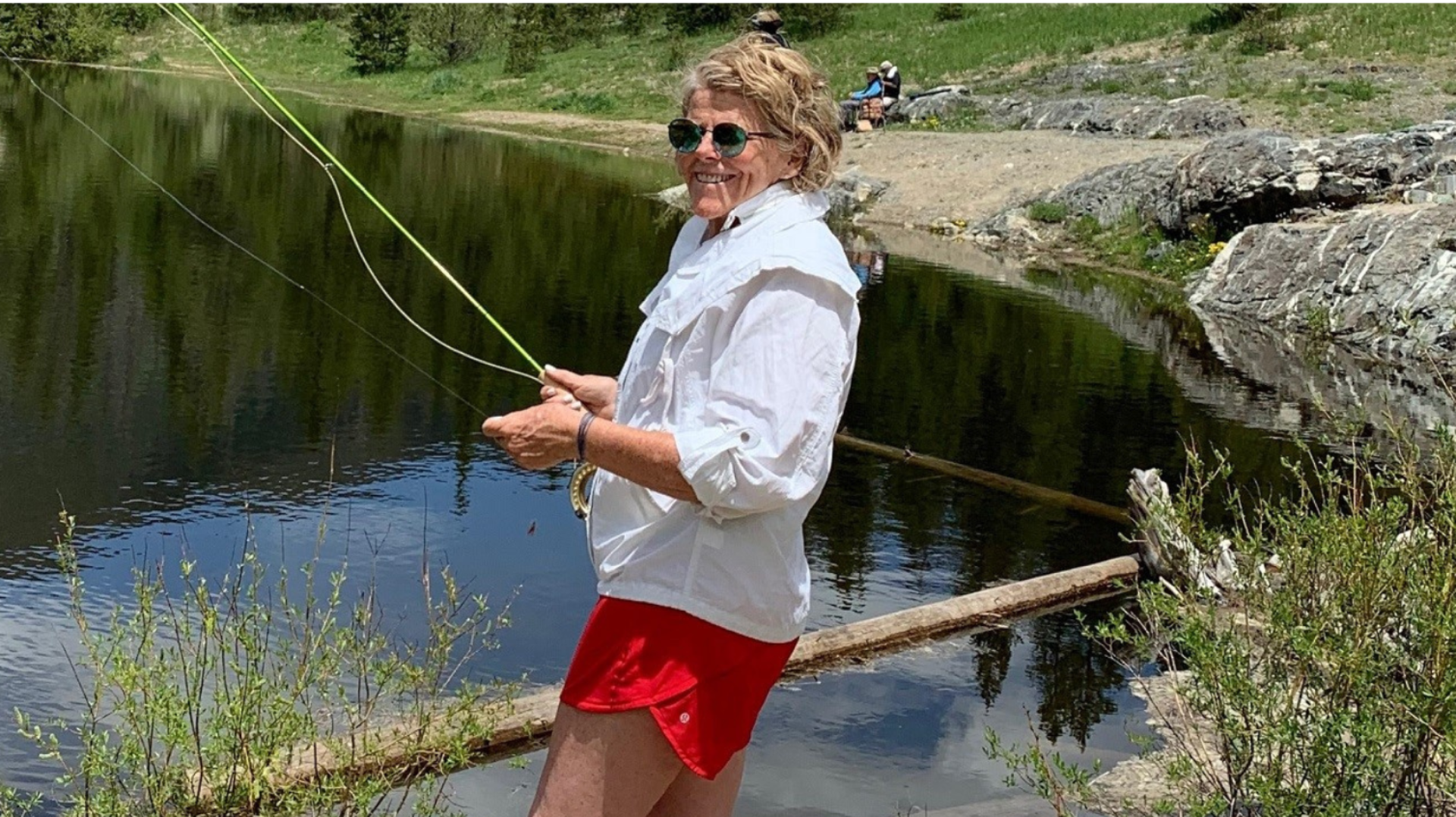It seems we can’t find what you’re looking for. Perhaps searching can help.

High Performer Continuing to Serve Others and Striving to Think & Grow More Everyday!

High Performer Continuing to Serve Others and Striving to Think & Grow More Everyday!
This will close in 20 seconds